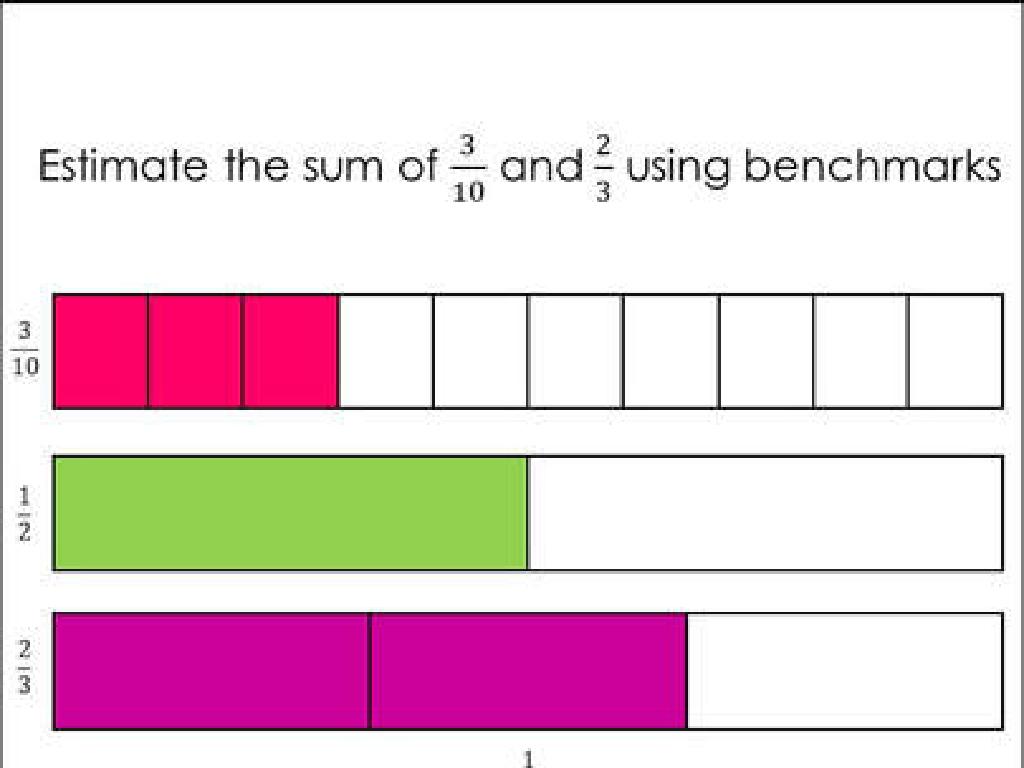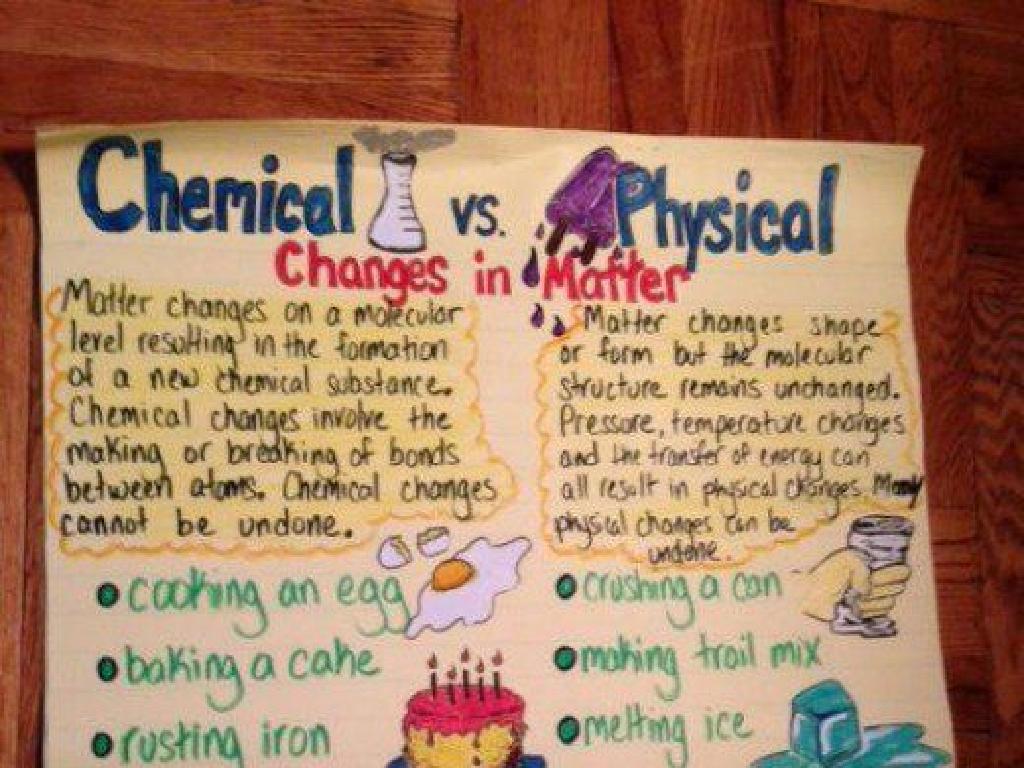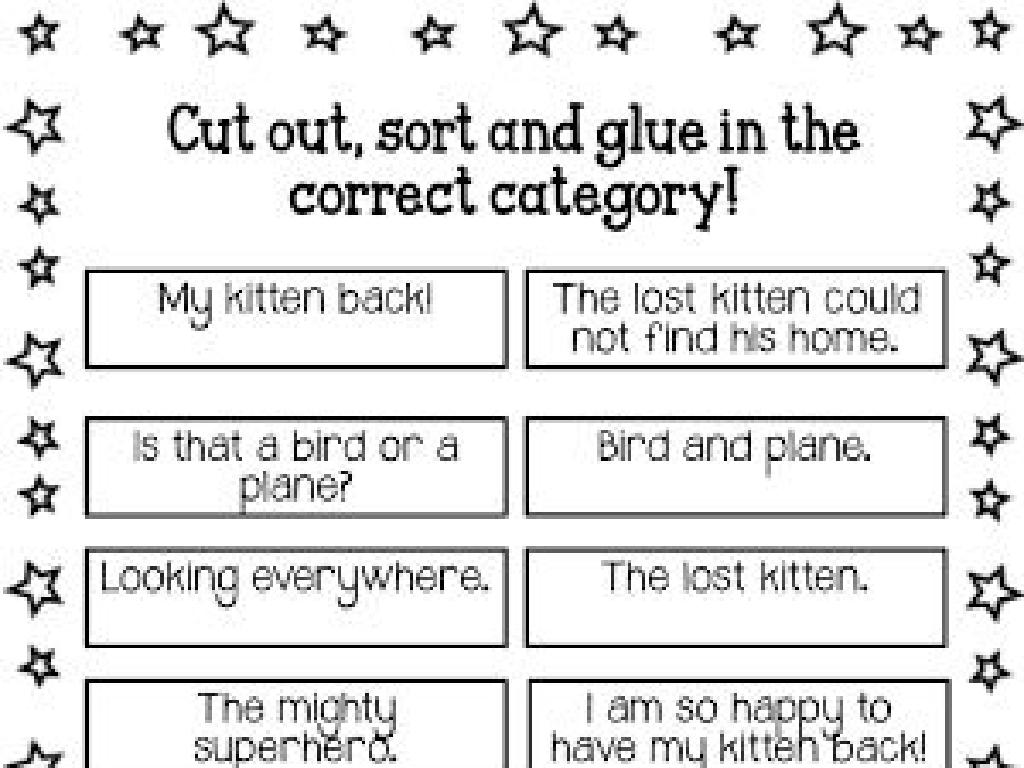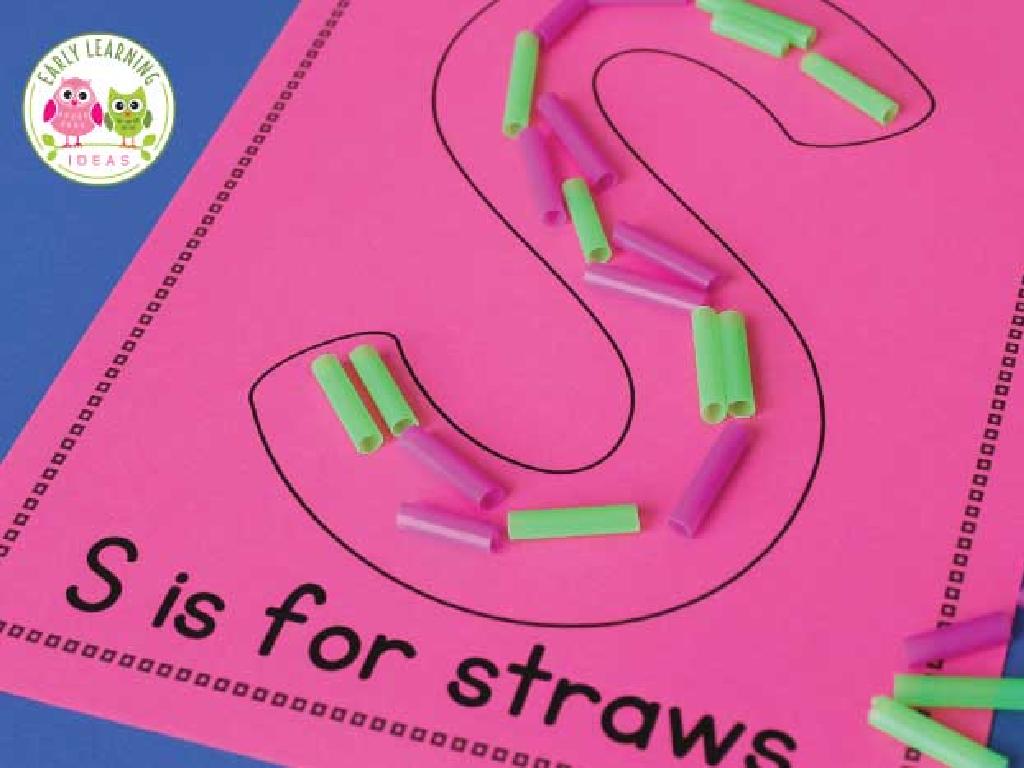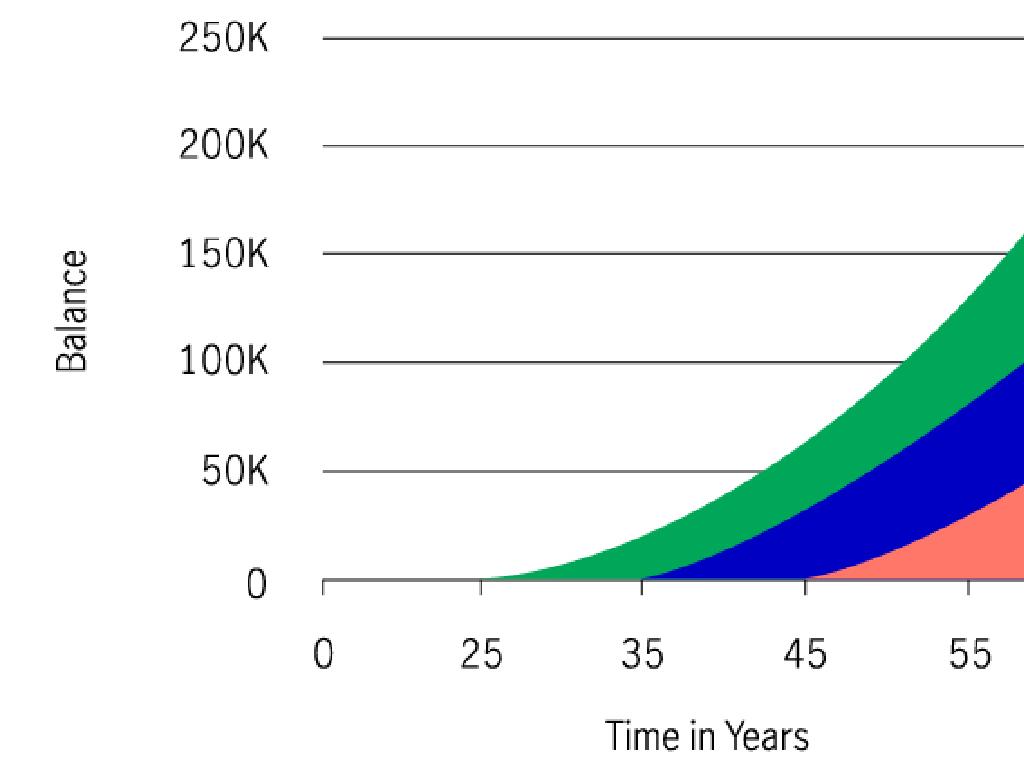Price Lists
Subject: Math
Grade: Seventh grade
Topic: Consumer Math
Please LOG IN to download the presentation. Access is available to registered users only.
View More Content
Understanding Price Lists in Consumer Math
– Introduction to Consumer Math
– Explaining Price Lists
– A price list shows costs of items for sale.
– Significance of Price Lists
– They help compare prices and budget.
– Interpreting Price Lists
– Learn to read and analyze price lists effectively.
|
This slide introduces the concept of Consumer Math with a focus on understanding price lists. Consumer Math is a practical area of mathematics that deals with financial transactions in everyday life. Price lists are a fundamental tool in Consumer Math, providing information on the cost of items and services. They are crucial for making informed purchasing decisions, allowing consumers to compare prices and plan their spending according to their budget. Teach students how to read and interpret price lists, emphasizing the importance of looking for discounts, understanding unit prices, and calculating total costs. Use examples of grocery shopping or ordering from a restaurant menu to illustrate how price lists are used in real-life scenarios.
Understanding Price Lists
– Define a Price List
– A document that lists the prices of items for sale
– Price List in daily life
– Menus, grocery store tags, online shopping catalogs
– Key components of a Price List
– Items for sale, prices, descriptions, and sometimes pictures
|
This slide introduces the concept of a price list, which is a fundamental tool in consumer math. A price list is essentially a document or digital record that details the prices of items available for sale, often including descriptions and images. Common examples that students encounter include menus at restaurants, price tags in grocery stores, and online shopping catalogs. Understanding the components of a price list is crucial for making informed purchasing decisions. Encourage students to think of times they have used price lists in their own lives and to consider the importance of clear and accurate pricing information. This will set the stage for further discussions on budgeting and financial literacy.
Reading a Price List
– How to interpret price lists
– Identify unit and bulk prices
– Unit price: cost per item. Bulk price: cost for a set amount.
– Compare prices for deals
– Look at different brands, sizes, and stores to find the best price.
– Calculate savings on bulk items
– Determine how much you save when buying in bulk versus single items.
|
This slide aims to equip students with the skills to effectively read and understand price lists, a practical aspect of consumer math. Start by explaining the layout of a typical price list and how to find important information such as product names, prices, and quantities. Emphasize the concept of unit pricing and how it can differ from bulk pricing, which often offers a discount for purchasing larger quantities. Teach students how to compare prices across different brands and stores to find the best deals, and how to calculate the potential savings when opting for bulk purchases. Provide examples of price lists from grocery stores or online shops for students to practice these skills. Encourage them to think critically about the value of bulk purchases and when it might be more economical to buy items individually.
Calculating Costs with Price Lists
– Calculate total costs from a list
– Add up prices of all items to find total
– Comprehend discounts and sales tax
– Learn how a percentage discount reduces price and how tax increases it
– Practice problem on total cost
– Use a sample shopping list to apply what you’ve learned
|
This slide aims to teach students how to effectively use price lists to calculate the total cost of items, including understanding discounts and how sales tax affects the final price. Start by explaining the process of adding individual item prices to find a subtotal. Then, discuss how discounts can lower the overall cost and how sales tax, usually a percentage of the subtotal, adds to the cost. Provide a practice problem with a shopping list, including items with listed prices, a discount, and a sales tax rate. Have students calculate the total cost, applying discounts and adding tax. This exercise will help solidify their understanding of consumer math and prepare them for real-life shopping scenarios.
Budgeting with Price Lists
– Create a budget with price lists
– List items & prices to track spending
– Prioritize purchases in a budget
– Decide what’s necessary vs. optional
– Price lists in financial planning
– Understand how prices impact savings
|
This slide introduces students to the concept of budgeting using price lists. Students will learn how to create a budget by listing items and their prices, which helps in tracking and controlling spending. Emphasize the importance of prioritizing purchases, distinguishing between needs and wants, and making informed decisions based on their budget. Discuss the role of price lists in financial planning, showing how keeping track of item prices can influence savings and spending habits. Encourage students to think about their own spending choices and how a budget could help them save money for larger goals.
Real-World Math: Planning a Party on a Budget
– Scenario: Birthday party planning
– Using a price list to select items
– Choose decorations, food, etc., from a given price list
– Staying within a fixed budget
– Calculate total costs to avoid overspending
– Making smart purchasing choices
– Compare prices, prioritize needs over wants
|
This slide introduces students to the practical application of math when planning a birthday party with a fixed budget. Students will learn how to use a price list to select items needed for the party, such as decorations and food, while ensuring they do not exceed the budget. Emphasize the importance of addition and subtraction in this process. Encourage students to think critically about the value and necessity of each item, teaching them to make smart choices by comparing prices and prioritizing essential items over less important ones. This activity will help students understand budgeting and the real-life implications of math in everyday decision-making.
Class Activity: Lemonade Stand Price List
– Create a Lemonade Stand Price List
– List items: Lemons, Sugar, Cups, Ice
– Calculate total cost of materials
– Add up the cost of lemons, sugar, cups, and ice
– Suggest a fair selling price
– Consider cost, demand, and profit margin
|
This activity is designed to help students understand the concept of creating and managing a price list in a fun and engaging way. They will list essential items needed to run a lemonade stand and calculate the total cost. This will involve basic arithmetic skills and decision-making on pricing to ensure profitability. Provide guidance on factors to consider when setting a selling price, such as the cost of goods sold, market demand, and desired profit margin. Encourage creativity and critical thinking. Possible activities: 1) Comparing price lists among groups, 2) Role-playing customer interactions, 3) Discussing the importance of pricing in business, 4) Calculating potential profits, 5) Designing an advertisement for their lemonade stand.
Wrapping Up: Price Lists in Consumer Math
– Recap: What are Price Lists?
– Price lists detail costs of items/services.
– Review: Key Concepts & Calculations
– Summarize calculating totals, discounts.
– Q&A Session
– Time to clarify doubts and confusion.
– Reflect on Today’s Learning
|
This slide aims to consolidate the students’ understanding of price lists and their applications in consumer math. Begin by recapping what price lists are and why they are crucial for consumers and businesses. Review the key concepts such as unit price, bulk pricing, discounts, and the calculations involved in determining the total cost of purchases. Open the floor for a Q&A session to address any uncertainties or questions students may have. Encourage them to think critically about how price lists affect their daily decisions. Conclude by reflecting on the importance of being informed consumers and how math skills are applied in real-world scenarios.

